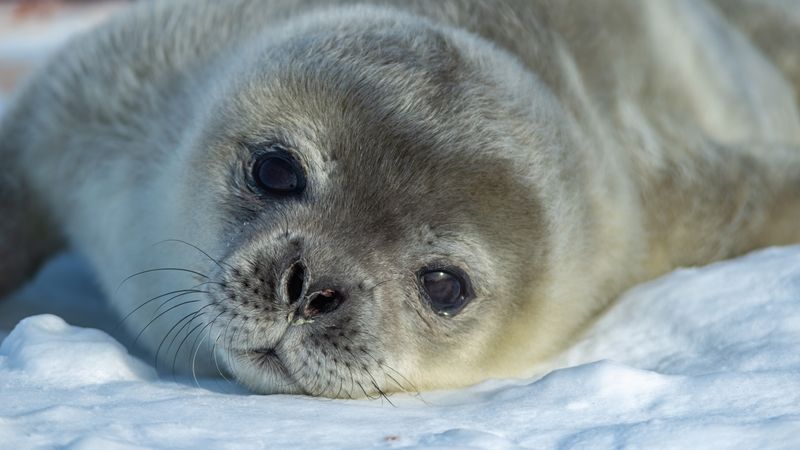As a result of concerns over the survival of owl species native to western North America, the US Fish and Wildlife Service (USFWS) has made a draft proposal to cull nearly half a million barred owls over the course of three decades. This plan, however, has been met with uproar by animal advocacy groups.
Barred owls are typically native to the eastern coast of North America, but over the last 100 years or so, have expanded their range to the western coast. According to the USFWS, the species is invasive, and poses a threat to two species native to the west – the northern spotted owl, which is listed as a threatened species under the Endangered Species Act, and the California spotted owl, which is in decline.
The barred owl is something of a generalist when it comes to its food and habitat, which can present a problem for the other two species – though deforestation has also been an issue for them.
“Because of their larger size, adaptability to a wide variety of forested habitats, and ability to eat a wide variety of prey, barred owls often occur in denser populations, outcompeting and excluding spotted owls from the latter’s preferred habitats,” reads a draft impact statement released by the USFWS back in November 2023.
In that draft impact statement, the USFWS outlined its plan for “the use of firearms to lethally remove” over 470,000 barred owls over 30 years in order to manage the problem, also exploring why some alternative plans wouldn't be feasible. Under the chosen plan, roughly 90 percent of the barred owl population in designated areas would be removed each year.
“The purpose of this action is to reduce barred owl populations to improve the survival and recovery of northern spotted owls and to prevent declines in California spotted owls from barred owl competition,” the statement adds.
Unsurprisingly, the proposed plan hasn’t gone down to well with animal advocacy groups, 75 of whom have signed a letter, released on Monday, to Secretary of the Interior Deborah Haaland, urging that the “reckless” plan be scrapped.
“This plan will cause severe disruptions to wildlife from the forest floor to its canopies,” reads the letter, “producing an untold number of mistaken-identity kills of other native owl species (including spotted owls), disrupting nesting behavior for animals, poisoning wildlife from dispersed and fragmented lead, and causing rapid dispersal and social chaos among many other species inhabiting these forest ecosystems.”
Whilst that sounds like a pretty scathing review, not all animal advocates agree with the letter. Tom Wheeler, executive director of the Environmental Protection Information Center, told the LA Times that the conclusions made were “divorced from what’s actually being proposed.”
The protocol for removing the owls requires the use of non-lead ammunition, for example, to ensure that there’s no lead poisoning, whilst there’s also an outlined protocol on how to avoid killing the wrong species that involves using trained and tested individuals.
“We have a functional choice, which is the extinction of one species, or we could have both species continue to exist on the landscape,” argued Wheeler.
At present, the proposal remains a draft, though public comments on the plan closed back in January. Until such a time a full proposal is published, as for the fate of all three owl species? We’ll simply have to wait and see.
[H/T: Los Angeles Times]





